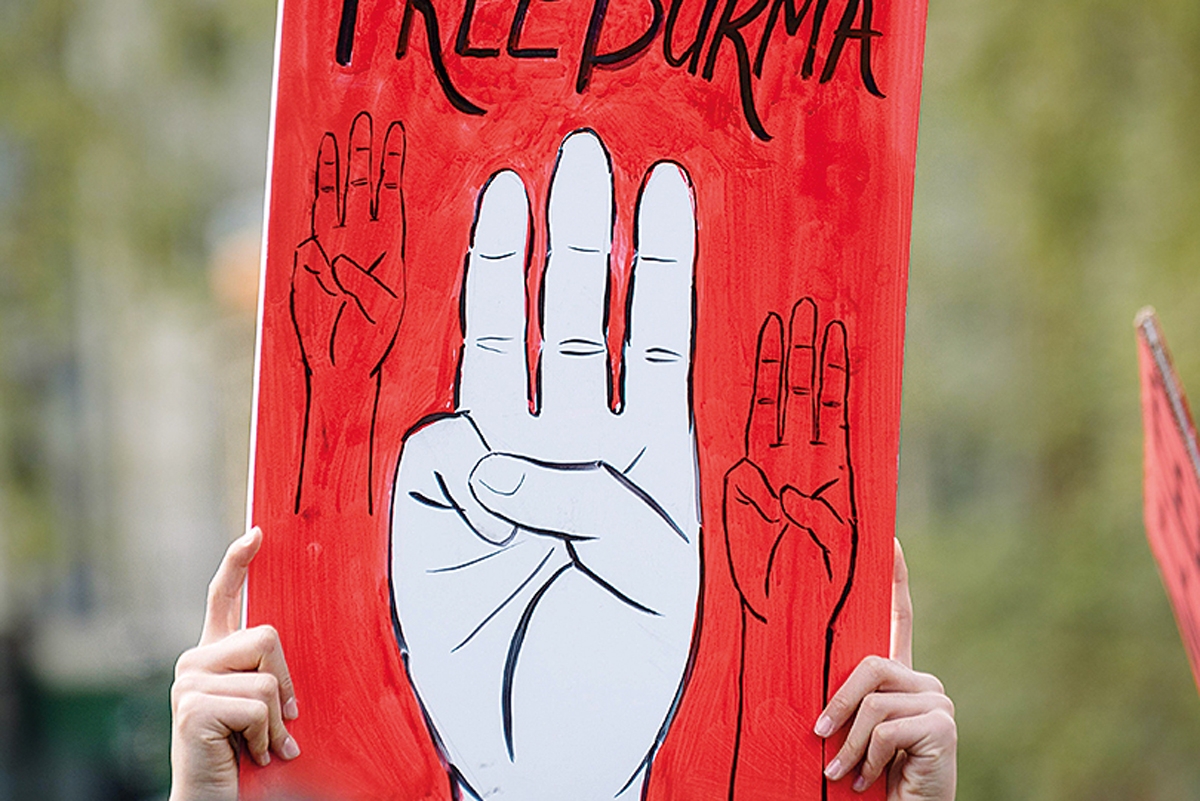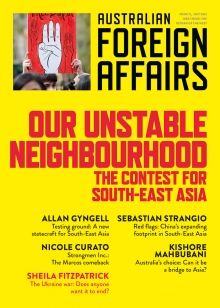On a humid morning in early December, a group of suited dignitaries gathered on the platform of a recently completed train station in Vientiane, the capital of Laos. A scrum of press photographers rattled away as the officials, most of them from Laos and China, filed past a row of Buddhist monks seated on a dais under a large billboard that featured an image of two Chinese-made bullet trains, painted in the colours of the Lao national flag: red, white and blue.
The ceremony was held to inaugurate a new high-speed railway line connecting Vientiane to the southern Chinese city of Kunming, some 1035 kilometres to the north. After the officials made offerings to the monks, Lao prime minister Phankham Viphavanh lit sticks of incense at a nearby shrine and struck a brass gong nine times, symbolising the nine virtues of the Buddha. The monks then sprinkled blessed water against the flank of one of the snub-nosed Lane Xang electric multiple unit (EMU) locomotives – named after the precolonial kingdom which once ruled much of the expanse of modern Laos – that had recently rolled down the line from China.








